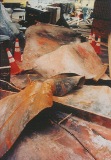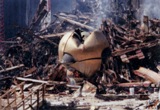International Foundation For Art Research (IFAR) www.ifar.org
This article may not be published or printed elsewhere without the express permission of IFAR
September 11th:
ART LOSS, DAMAGE, AND REPERCUSSIONS
Proceedings of an IFAR Symposium on February 28, 2002
Public Art at the World Trade Center, page 3
by Saul Wenegrat
Louise Nevelson's Sky Gate, New York (Fig. 7) also came in late, in 1977-78. Louise had been contacted early on to do a piece, and she went through many different designs. None seemed to work out, and finally she came up with this wall piece. It was made up of over 35 separate sculptures that were put together to form this particular image. At the dedication, she said that her inspiration had come to her on a flight to New York from Washington. As she looked at the skyline of New York, this is what she perceived. Hence its name. A black painted wood relief, it was located on the mezzanine of 1 World Trade Center overlooking the plaza.
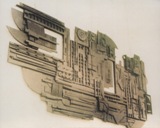 Figure 7. Louise Nevelson. Sky Gate, New York, 1977-8. Black painted wood relief. Photo: Port Authority of NY & NJ. © 2002 Estate of Louise Nevelson/Artists Rights Society (ARS), New York. |
The last public art work that went into the World Trade Center was a memorial fountain for the victims of the 1993 bombing. Six people were killed in that bombing, and the fountain was placed right over the area where the bomb went off, in front of the Marriott Hotel. Its sculptor, Elyn Zimmerman, is one of our panelists and she will talk more about the piece. Besides the fountain itself, a little park was created, so that you could sit and contemplate what had taken place.
Those are the seven public art works. In addition, the Port Authority had over 100 other art works at the World Trade Center including Needle Tower 1968 by Kenneth Snelson; Recollection Pond, a tapestry by Romare Bearden; Path Mural by Germaine Keller; Commuter Landscape, another large mural by Cynthia Mailman; and Fan Dancing with the Birds, a mural by Hunt Slonem.
Besides the Port Authority collections, many World Trade Center tenants had collections of their own. Some of the speakers here today will be talking about them. One of the more significant tenant collections was Cantor Fitzgerald's collection of Rodin drawings and sculptures, on view in the North Tower.
After the recent destruction of the World Trade Center, I was asked to join a committee to put together items found at the site for possible use later in an archive or memorial. Together with Bartholomew Vorsanger and Marilyn Jordan Taylor, I was a member of a committee with that grim task. When I went to the site shortly after the bombing, this is what I found (Figs. 8 and 9). It was a horrible sight. Almost 3,000 people had been cremated at the World Trade Center, and even two weeks after the tragedy, the site was still burning. It was an awful experience. This is what remains of the Calder WTC Stabile (Fig. 10). And this is what remains of the Koenig Sphere for Plaza Fountain (Fig. 11).
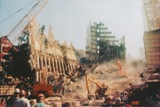 Figure 8. View of Ground Zero. Photo: Port Authority of NY & NJ. |
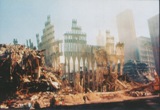 Figure 9. View of Ground Zero. Photo: Port Authority of NY & NJ. |
Finis
To read transcripts of the other talks, please click on the desired topic below.
| Public Art at the World Trade Center -Saul S. Wenegrat | Response from the Insurance Industry -Dietrich von Frank |
| The World Trade Center Memorial, 1993 -Elyn Zimmerman | The Insurance Adjuster's Role -Gregory J. Smith |
| The Artist Residency Program in the Twin Towers -Moukhtar Kocache |
The Downtown Institutional Impact -John Haworth |
| The Art Lost by Citigroup on 9/11 -Suzanne F.W. Lemakis |
The Heritage Emergency National Task Force - Lawrence L. Reger |
